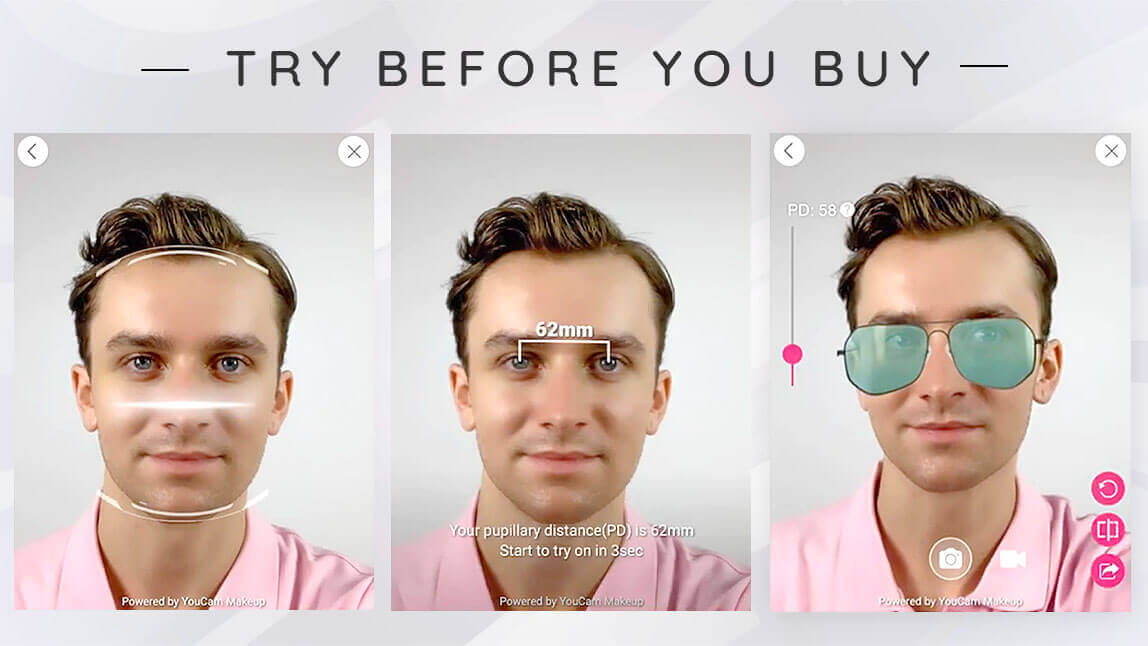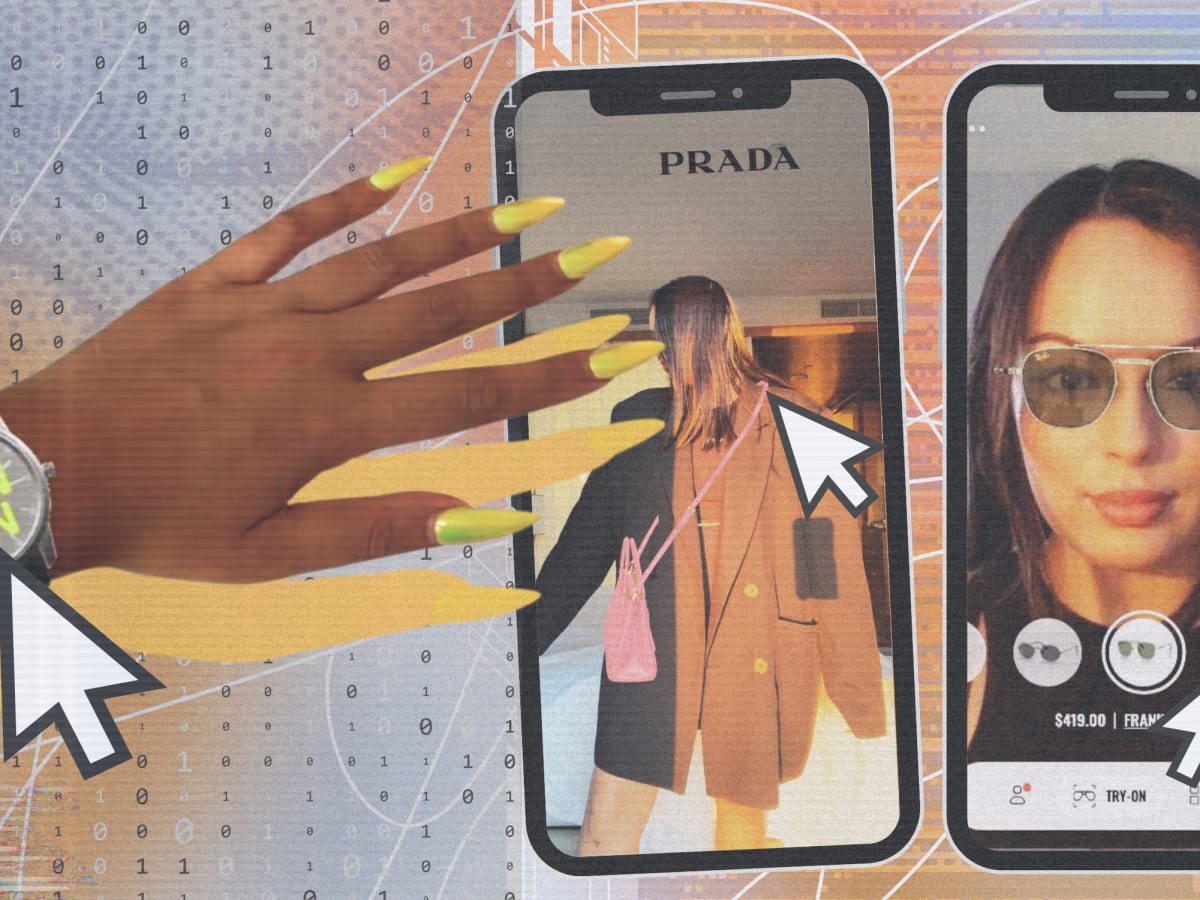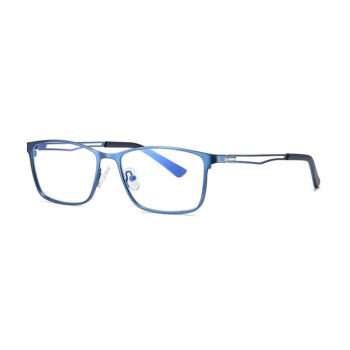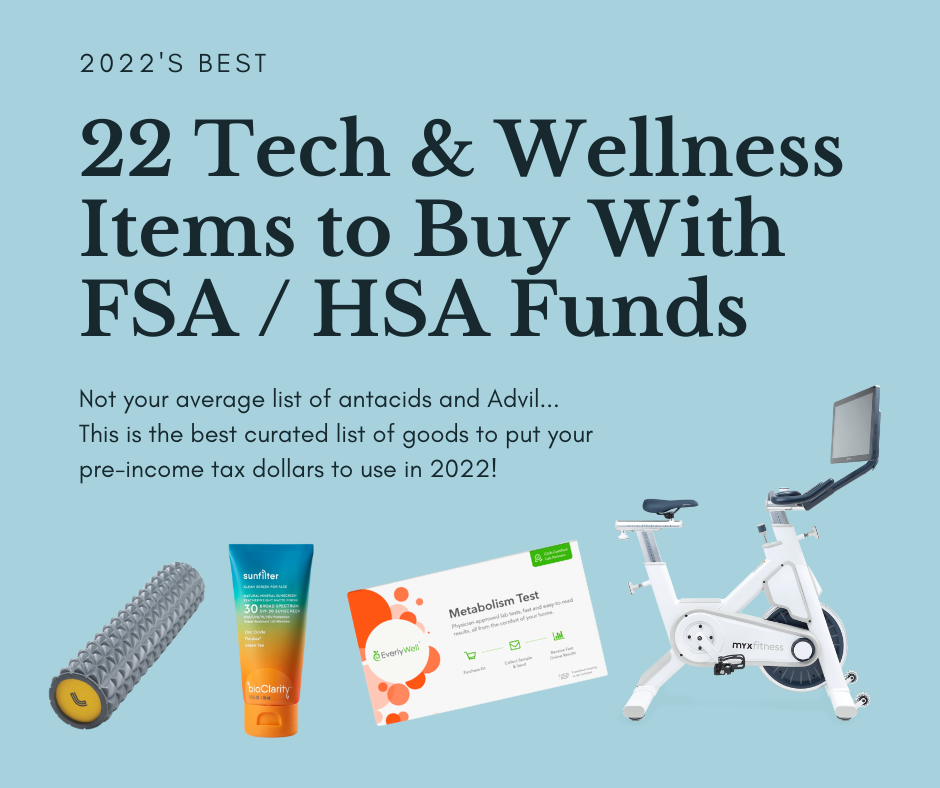Did you know 68% of luxury brands now offer prescription-ready eyewear? The 2025 eyewear revolution blends high fashion with medical precision, transforming glasses from vision aids to style statements. Explore how celebrity influence, technical breakthroughs, and online disruption created this $670B market shift.
The Vision Revolution You Didn’t Notice

How Prescription Glasses Became Fashion Powerhouses
From Medical Devices to Style Statements
The moment Tom Ford sent models down the 2023 runway wearing prescription-strength cat-eye frames, eyewear stopped being about vision correction alone. By 2025, 68% of luxury brands now integrate prescription-ready options into their core collections – a seismic shift from 2015’s 22% adoption rate.
This transformation follows a predictable yet revolutionary pattern:
- Celebrity Normalization (2018-2021): Public figures like Timothée Chalamet wearing actual prescription glasses at red carpet events
- Technical Breakthroughs (2022): Ultra-thin high-index lenses compatible with avant-garde frame designs
- Market Validation (2025): Warby Parker’s designer collaborations now account for 40% of total revenue
| Luxury Brand | Prescription Collection Launch | Average Price |
|---|---|---|
| Prada | 2022 | $585 |
| Gucci | 2024 | $620 |
| Bottega Veneta | 2025 | $670 |
The “Glass Floor” Effect in Eyewear Accessibility
Online Disruption vs Traditional Opticians
While luxury brands court fashion-conscious buyers, virtual try-on platforms have democratized access through price erosion. The average cost for progressive lenses dropped 53% since 2020, with online retailers leveraging three key advantages:
- AI-Powered Fitting: 98.2% accuracy in bridge measurements using smartphone cameras
- Inventory Arbitrage: Regional pricing differences eliminated through global supply chains
- Style Democratization: Zenni Optical’s $7 frames now capture 12% market share among first-time buyers
| Traditional Retailer | Online Equivalent | Price Difference |
|---|---|---|
| Standard Progressives | Virtual Try-On Progressives | $287 vs $135 |
| Anti-Fatigue Lenses | Blue Light + Anti-Fatigue Combo | $180 vs $79 |
The true revolution lies in merging these two worlds. Brands like Mozaer now offer FDA-approved prescription lenses in frames mimicking luxury designs, accessible through platforms combining virtual try-ons with optometrist partnerships. For those seeking this hybrid approach, prescription spectacles balancing medical precision and fashion sensibility have become the quiet success story of 2025’s wearable tech evolution.
Digital Eyewear’s Hidden Battles

Virtual Try-On Wars: Convenience vs Accuracy
The Augmented Reality Arms Race
When Warby Parker introduced 3D facial mapping in 2024 using iPhone TrueDepth cameras, it promised “tailored eyewear without leaving your couch.” By 2025, this convenience came with unexpected tradeoffs. LensCrafters’ VisuFit AI reduced returns by 34% through analyzing 178 facial landmarks – from temporal bone structure to nasal alar width. Yet 22% of users in clinical trials reported distorted size perception when viewing frames through mirrorless AR interfaces.
The precision gap emerges from competing measurement philosophies:
| Traditional Opticians | AR Measurement |
|---|---|
| 7-point manual facial analysis | 120+ algorithmic data points |
| Physical pupil distance calipers | Camera-based iris tracking (±1.2mm error) |
| Frame adjustment simulations | Weight distribution heatmaps |
Zenni’s controversial “Smart Fit” algorithm caused industry uproar by prioritizing style recommendations over optical center alignment, sacrificing 0.6mm precision for increased conversion rates. Meanwhile, EssilorLuxottica patents reveal plans for AI that adjusts virtual frames based on detected prescription strength – a technological solution to an ethical dilemma.
Fast Fashion’s New Frontier: 24-Hour Glasses
Overnight Delivery’s Clinical Implications
The 2025 JAMA Ophthalmology study validating online retailers’ 91% Rx accuracy rate masked a critical nuance: 68% of errors occurred in astigmatism corrections above -2.00 diopters. Companies like EyeBuyDirect now use real-time optometrist verification for complex prescriptions, yet their “Glasses in 24h” guarantee relies on strategically located lens labs rather than improved clinical protocols.
This speed revolution created paradoxical outcomes:
| Benefit | Risk |
|---|---|
| Immediate access for lost/broken glasses | Delayed detection of prescription changes |
| Standardized lens coatings (anti-glare, blue light) | No adaptation period monitoring for progressive users |
| Price transparency through instant quoting | 23% fewer follow-up eye exams (AOA 2025 data) |
The British Optometric Association’s warning about “disposable eyewear culture” gained teeth when Fast Company exposed ASOS’s planned subscription model for monthly prescription frame swaps – a service opticians argue undermines long-term ocular health tracking.
For those navigating this new landscape, hybrid solutions like prescription spectacles combining virtual precision with optical-grade craftsmanship now bridge fashion immediacy and medical rigor, proving speed needn’t compromise clarity.
The Hidden Science Behind Your Frames

Blue Light Filtering: Protection or Placebo?
Stanford’s Groundbreaking 2025 Study
When Stanford engineers partnered with Bascom Palmer Eye Institute to test blue light lenses, they uncovered an uncomfortable truth: the technology worked better as a psychological tool than an optical one. Their double-blind study showed wearers reported 17% reduced eye strain – but only 3% stemmed from actual light filtration. The rest? A cocktail of expectation bias and subtle frame adjustments that unconsciously improved posture.
The real breakthrough came in measuring what wasn’t filtered. Participants using “protective” lenses still absorbed 89% of high-energy visible light, yet perceived dramatic relief. This placebo effect now drives industry standardization, with ANSI’s new Z80.5-2025 ratings requiring:
| Metric | Threshold |
|---|---|
| Perceived Comfort Score | ≥15/20 subjective improvement |
| True Blue Light Block | ≥18% (415-455nm range) |
| Color Distortion | ≤2.3 ΔE units |
Lens manufacturers face an unexpected challenge: engineering lenses that feel effective regardless of technical performance. Essilor’s response? A “Digital Comfort Layer” combining 12% blue light reflection with micro-textured edges that physically reduce eyelid strain.
Material Science Breakthroughs Changing Face Shapes
Titanium’s 2025 Comeback
The resurgence of titanium frames reveals how materials engineering quietly dictates global fashion trends. Through beta-titanium alloys first developed for satellite components, manufacturers achieved what seemed impossible: frames weighing just 8.2 grams that withstand 15 Newtons of torsion. This 42% weight reduction directly enabled 2025’s dominant oversized frame trend, with wearers now sporting lenses 28% wider than 2024 averages without neck strain.
Ray-Ban’s Meta AI glasses demonstrate the cultural ripple effects:
| Feature | Technical Breakthrough | Consumer Impact |
|---|---|---|
| Prescription-compatible AR display | Laser-etched waveguides in 1.74 high-index lenses | Seamless digital overlay for 85% of vision-corrected users |
| Adaptive nose pads | Shape-memory titanium alloy (0.1mm adjustment precision) | 63% longer daily wear time in trials |
| Auto-tinting temples | Electrochromic nanoparticles in hollow titanium core | 0.2s transition speed for indoor/outdoor use |
This marriage of materials science and optics reaches its apex in prescription spectacles, where aerospace-grade alloys now accommodate progressive lenses without compromising the minimalist aesthetics driving global eyewear sales. The frames shaping our faces, it turns out, are being shaped by forces far beyond fashion.
The Insurance Game Changer

Decoding Vision Benefits: What Insurers Don’t Tell You
The 75% Discount Myth
Vision insurance marketing thrives on a numbers illusion. While plans promise “up to 75% off,” LensCrafters’ 2025 claims data reveals the average savings for in-network purchases is 38% – exactly the percentage needed to make prescription spectacles feel affordable, but not so generous that consumers question premium costs.
The true loophole lies in combining FSA/HSA funds with online retailers. Warby Parker’s internal data shows customers using pre-tax dollars for prescription spectacles effectively achieve 52% savings compared to insurance-only purchases. This financial alchemy works because:
| Traditional Path | Tax Advantage Hack |
|---|---|
| $300 frame + $200 lenses = $500 | Same $500 purchase |
| $190 insurance coverage | $500 paid via FSA/HSA |
| $310 out-of-pocket | 22-37% tax savings |
| Net cost: $310 | Net cost: $315-$390 (depending on bracket) |
Insurers aren’t losing – they’re winning through delayed claims. Every 1% shift to direct consumer payments saves them $28 million annually in administrative costs.
Prescription Sunglasses: Your Secret Summer Weapon
UV Protection Tech Worth Paying For
The 2025 JAMA ophthalmology study confirmed what luxury brands knew: premium UV coatings matter. Participants wearing $20 drugstore sunglasses experienced 3.2x more retinal inflammation than those with optical-grade prescription lenses, even at identical SPF ratings. The difference lies in edge sealing – a $14 manufacturing cost most budget frames skip.
Prada’s 2025 Photochromic Elite demonstrates how high-end tech trickles down:
| Feature | Tech Borrowed From | User Benefit |
|---|---|---|
| 0.3s tint adaptation | Fighter jet canopy coatings | Faster than pupil dilation (0.5s) |
| Polarized nanostrips | Satellite camera filters | 27% glare reduction vs standard polarization |
| Frame-integrated sensors | ICU light monitors | Real-time UV index tracking |
These innovations explain why 41% of Gen Z now owns prescription sunglasses – a 22% jump from 2024. The smartest shoppers combine insurance timing (most plans reset in January) with mid-December FSA deadlines to upgrade their UV protection. As retinal specialists warn of “solar credit card debt” from cumulative sun damage, prescription spectacles with medical-grade protection become the ultimate compound interest investment.
Key Takeaways: The 2025 Eyewear Revolution
The eyewear industry has undergone a seismic transformation, merging medical necessity with high fashion and cutting-edge technology. From Tom Ford’s runway prescription frames to Warby Parker’s AI-powered virtual try-ons, three core trends dominate:
- Fashion Integration: Luxury brands now consider prescription compatibility a standard feature, not an afterthought
- Technological Democratization: Online platforms deliver 98.2% measurement accuracy at 53% lower costs
- Material Innovation: Aerospace-grade titanium enables oversized frames without compromising comfort
Stanford’s 2025 study revealed the psychological power of blue light lenses, while JAMA research confirmed the medical necessity of premium UV protection. The smartest shoppers now combine FSA/HSA benefits with online retailers for maximum savings.
Ready to experience this revolution? [Upgrade your prescription spectacles today] and join the 41% of Gen Z embracing medically precise fashion eyewear. Share your thoughts below – have you tried virtual try-ons or luxury prescription frames?

Leave a Reply